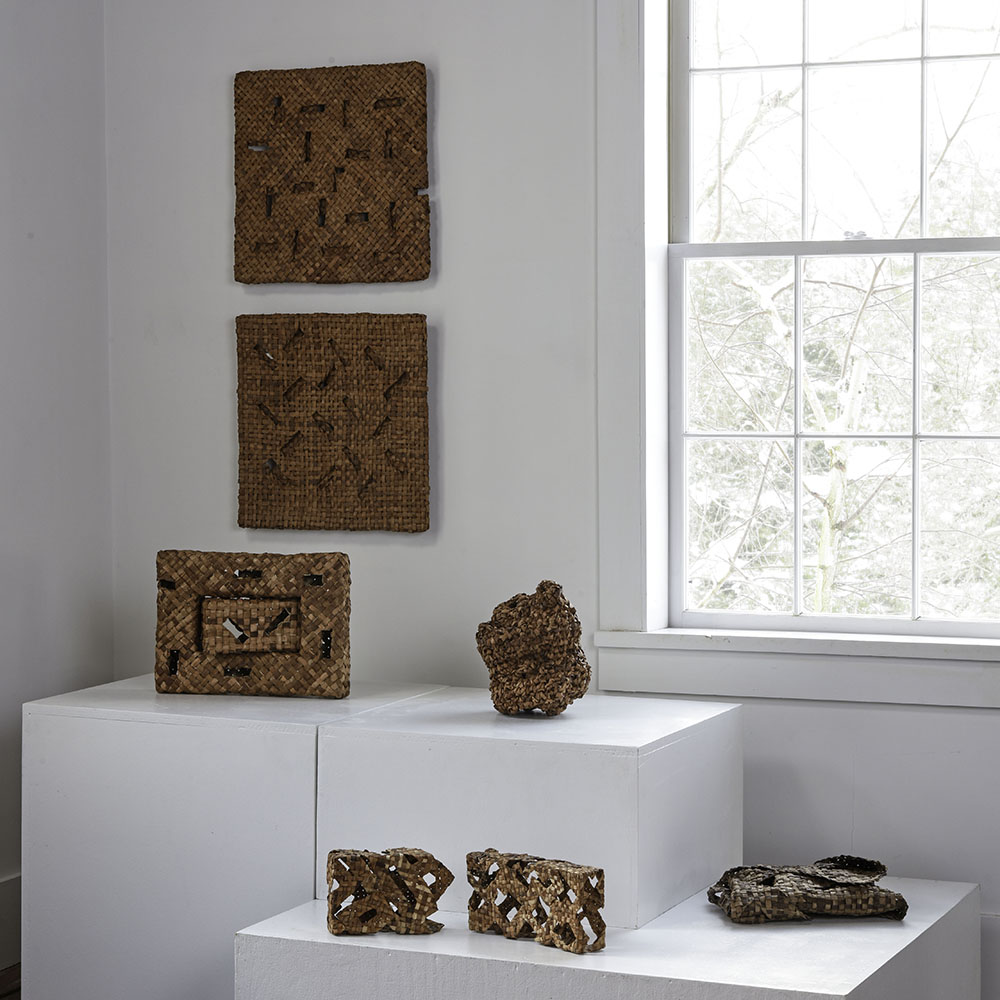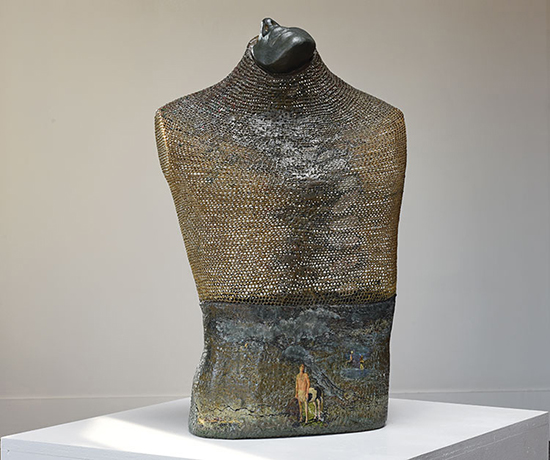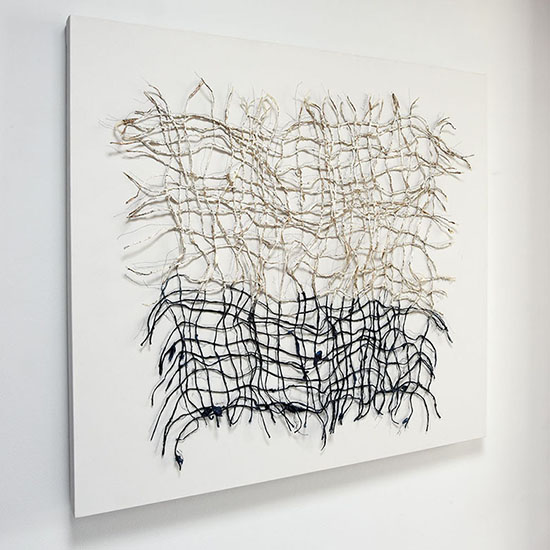
Zebra Pilanesburg Nature Reserve. Photo by
Tom Grotta
We had the opportunity to spend nine days in South Africa this month — Johannesburg, Capetown, Stellenbosch. A glorious country; a splendid trip and lots of art to write about. The big news, of course is the Zeitz Museum of Contemporary African Art.
https://www.afar.com/magazine/get-the-inside-scoop-on-cape-towns-new-zeitz-mocaa?category=overview&guide=21&email=art@browngrotta.com&utm_source=Sailthru&utm_medium=email&utm_campaign=Kindness of Strangers&utm_term=Daily Wander Newsletter
MOCAA opening in Cape Town

Porky Hefer’s Mud Dauber Sleeping Pod wall sculpture at the Southern Guild Gallery Cape Town, South Africa. Photo by Tom Grotta
We visited other galleries, including Kim Sacks in Jo’Burg, Kalk Bay Modern and Artvark, greatly appreciating Mark Hilltout’s works photo of woven metal and Yda Walt’s photo provocative appliques on our gallery tours.
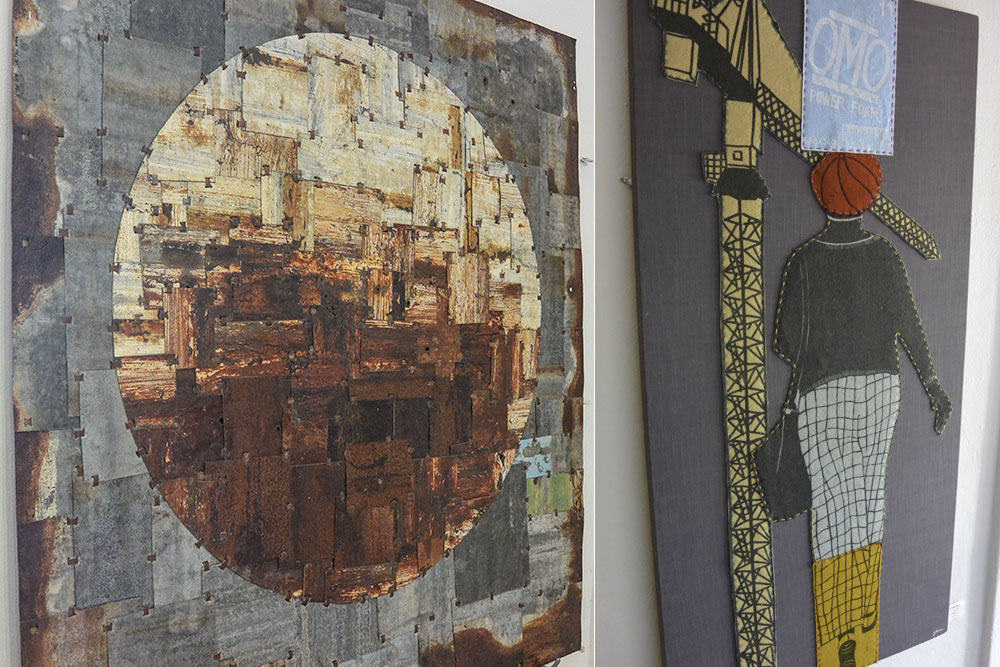
Mark Hilton Metal Work and Yda Walt appliqué quilts. Photos by Tom Grotta
William Kentridge, Said Mahmoud, Lyndi Sales and Mark Rautenbach were on display at restaurants and wineries we visited (Shortmarket Club, Tokara and Delaire Graff in these shots).
Just as captivating were the vibrant handicrafts — on the streets and in the shops in Woodstock and Bo-kaap and along the coast. The http://www.fodors.com/world/africa-and-middle-east/south-africa/cape-town-and-peninsula/experiences/news/art-lovers-guide-to-cape-town-12123 Simon’s town sculptures.
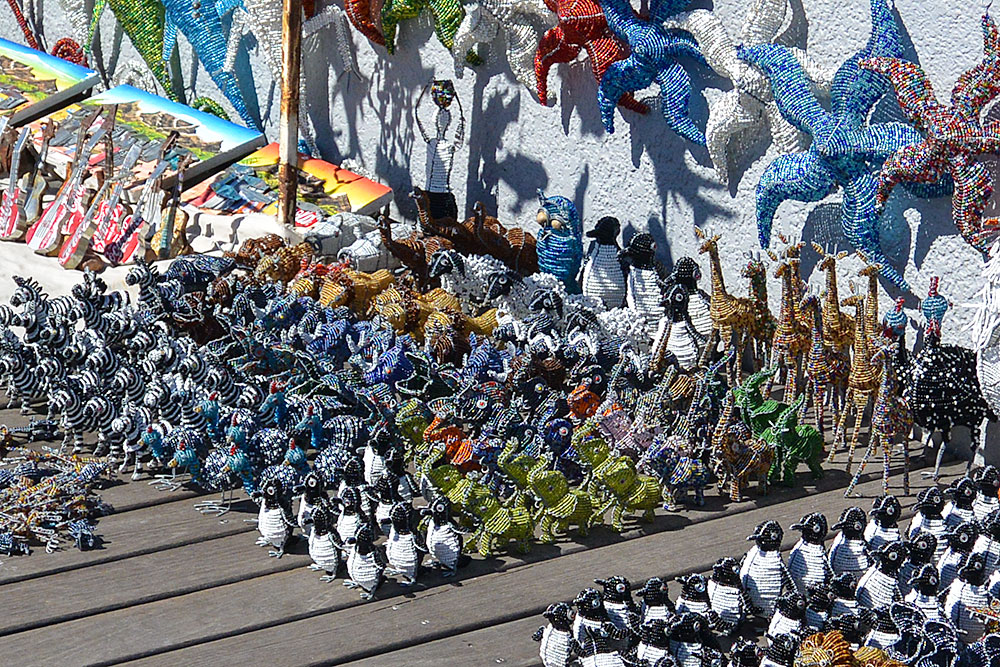
Simon’s Town Street bead art. Photo by Tom Grotta
A Nigerian embroidery and an antique rattle basket found their way into our suitcase home.

Nigerian Blanket and Rattle. Photo by Tom Grotta
Art and oogling and eating, aren’t all. The historical stops we made – the Apartheid Musuem, Robben Island, Nobel Square — were moving and insightful ways to urge people remember the past while forging a better future.
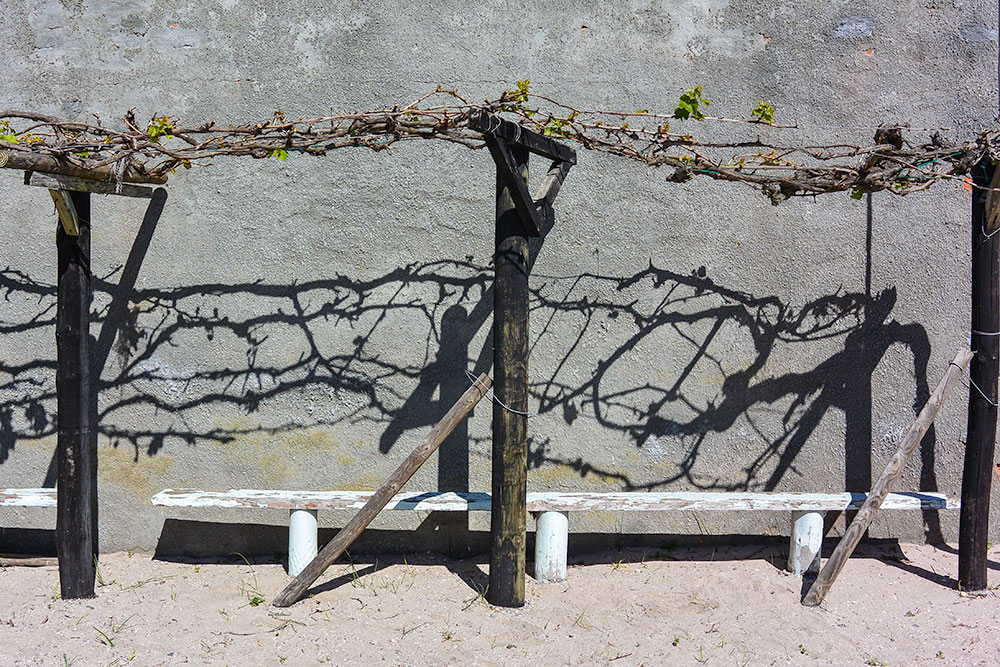
Nelson Mandella’s Garden in Robben Island Prison. Photo by Tom Grotta
If South Africa has been on your must- or even maybe-visit list, just go. The people are open and inviting, the wine and food world class and the natural beauty is nonstop.

Table Mountain South Africa, View from Robben Island. Photo by Tom Grotta



